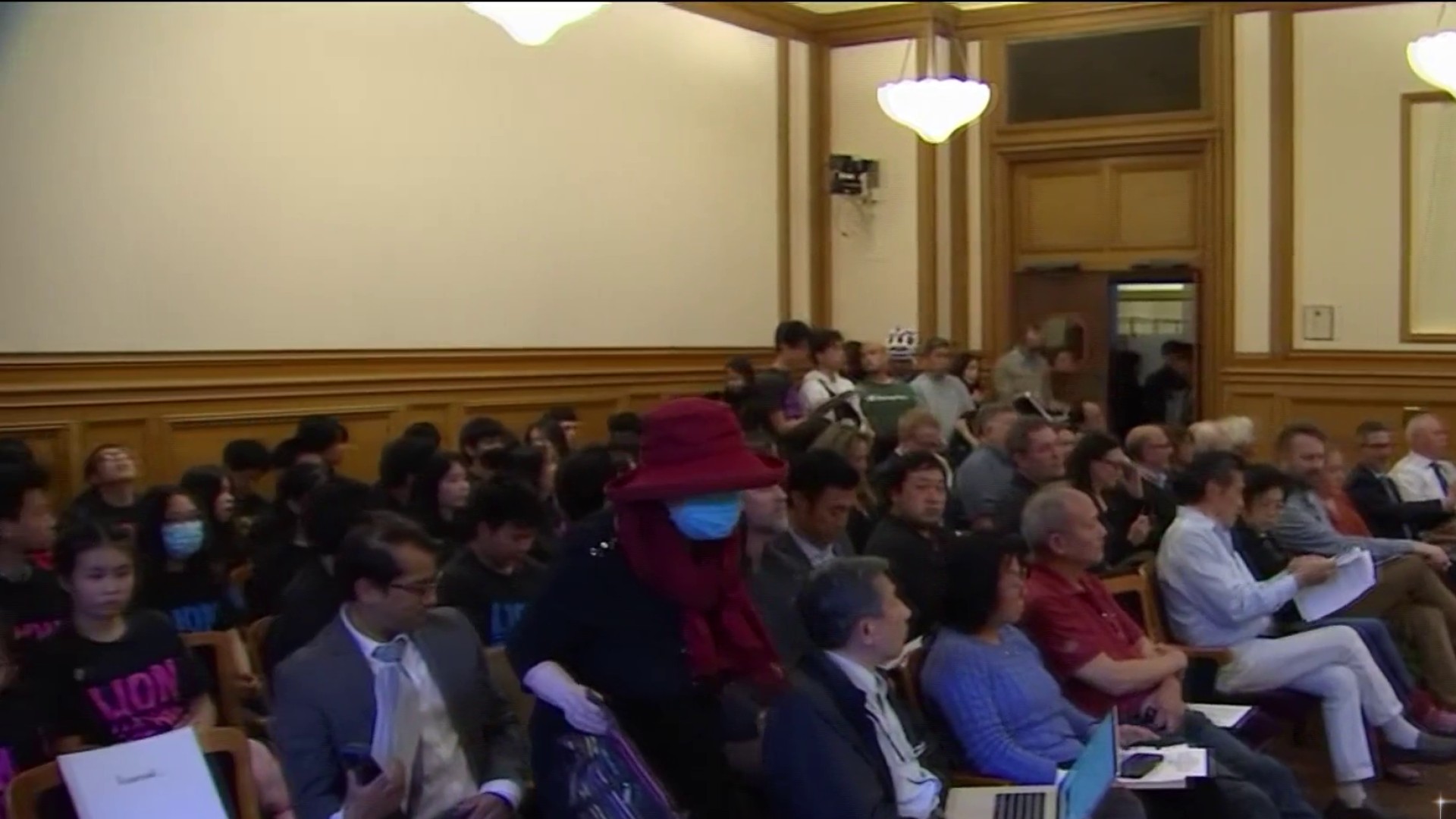
An inmate in solitary confinement at a California jail was refusing to leave his cell. The jailers’ usual response: Send an “extraction team” of corrections officers to burst into the cell and drag him out.
But not in Contra Costa County, one of three in the state using a kinder, gentler approach in response to inmate lawsuits, a policy change that experts say could be a national model for reducing the use of isolation cells.
So the inmate was asked: “What if we gave you a couple extra cookies and another sandwich? Would you move?” recalled Don Specter, the nonprofit Prison Law Office director who negotiated the new policies. “He said yes. ... They were like, ‘Wow.’”
More than a quarter of U.S. states and numerous smaller jurisdictions are looking for ways to reduce the use of solitary confinement, according to the Vera Institute of Justice, which encourages alternatives to a practice behavioral experts say is dehumanizing and can worsen mental illness.
The new policies in California came after Specter’s firm sued seven of California’s 58 counties, alleging that conditions had grown inhumane as jails absorbed inmates who previously would have served their sentences in state prisons. The state in 2011 began sending less serious offenders to local jails for years at a time to ease crowding in state penitentiaries.
Some jurisdictions nationwide are banning isolation for young offenders, pregnant women or those with mental health diagnoses. The California counties’ approach of generally limiting it to those who engage in continued violent behavior has dramatically reduced the number of inmates in isolation and the length of time they stay there.
Contra Costa started 2019 with about 100 people in solitary, most for more than a year. It had just three in isolation cells by December, after officials began using the new approach.
Local
Sacramento County also is following the policy pioneered by Santa Clara County, while Fresno County is considering it. Among other things, it encourages the use of low-cost incentives to reward good behavior, like the opportunity to listen to the radio, watch a movie or get an extra snack.
Sacramento County has cut its isolated population roughly in half, to about 60 inmates, said Lt. Alex McCamy: “It’s a limited time frame and a limited group, but the initial impression is positive.”
Rick Raemisch, who restricted the use of solitary confinement when he headed Colorado’s prison system, said the violent, tense, dirty conditions in Santa Clara County’s jail improved markedly with the new policy.



